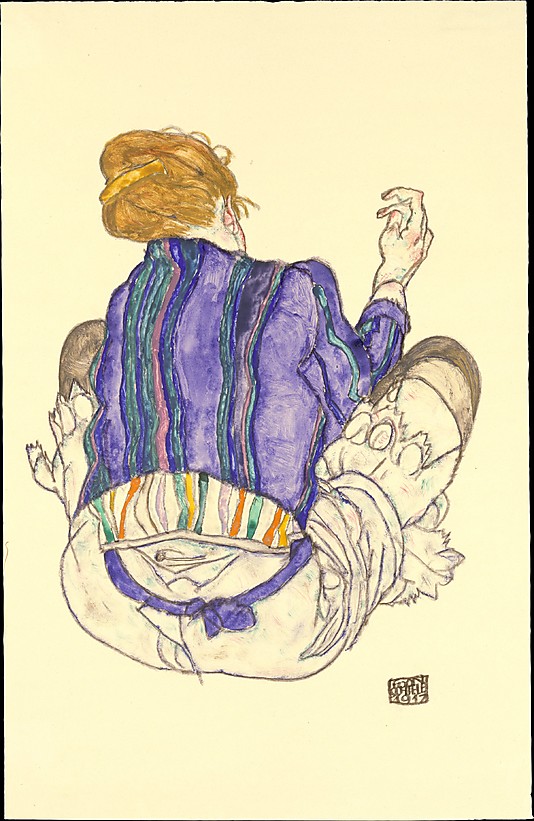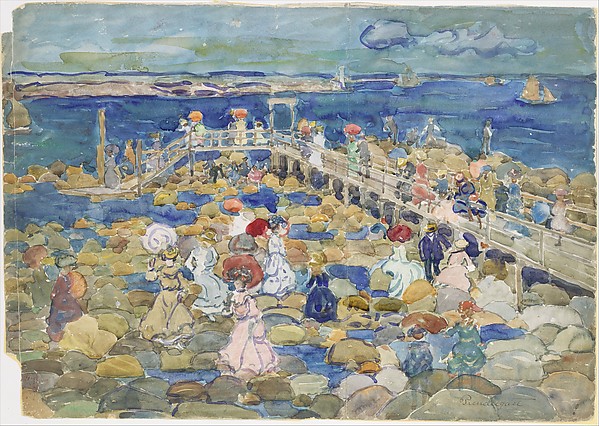Portrait of Caspar David Friedrich, circa 1810-1820 by Gerhard von Kugelgen
Caspar David Friedrich – Monday 5 September 1774 Greifswald to Thursday 7 May 1840 Dresden
German Romantic Painter

Last Monday’s Artist – Egon Schiele
Next Monday’s Artist – George Brassaï
“Monday Morning Museum” logo created by Adrean Darce Brent
German Romantic Painter
Two Men Contemplating the Moon, circa 1825-1830

"The two men contemplating the sinking moon have been identified as Friedrich himself, on the right, and his talented young colleague August Heinrich (1794-1822). The mood of pious contemplation relates to fascination with the moon as expressed in contemporary poetry, literature, philosophy, and music. Both figures are seen from the back so that the viewer can participate in their communion with nature, which the Romantics saw as a manifestation of the Sublime.
Although the landscape is imaginary, it is based on studies after nature that Friedrich had made in various regions at different times. Both men wear Old German dress, which had been adopted in 1815 by radical students as an expression of opposition to the ultraconservative policies then being enforced in the wake of the Napoleonic Wars. The staunchly patriotic Friedrich deliberately ignored the 1819 royal decree forbidding this practice and depicted figures in traditional costume until his death." – Metropolitan Museum of Art
Last Monday’s Artist – Egon Schiele
Next Monday’s Artist – George Brassaï
“Monday Morning Museum” logo created by Adrean Darce Brent



















_edited-1.jpg)




